K-2 Standard 1 – Intended Learning Outcomes
The Processes of Science, Communication of Science, and the Nature of Science – Students will be able to apply scientific processes, communicate scientific ideas effectively, and understand the nature of science.
Objective 1: Generating Evidence: Using the process of scientific investigation (i.e. framing questions, designing investigations, conducting investigations, collecting data, drawing conclusions)
1. Framing questions: Observe using senses, create a hypothesis, and focus a question that can lead to an investigation
2. Designing investigations: Consider reasons that support ideas, identify ways to gather information that could test ideas, design fair tests, share designs with peers for input and refinement.
3. Conducting investigations: Observe, manipulate, measure, describe.
4. Collecting data: Deciding what data to collect and how to organize, record and manipulate the data.
5. Drawing Conclusions: Analyzing data, making conclusions connected to the data or the evidence gathered, identifying limitations or conclusions, identifying future questions to investigate.
Objective 2: Communicating Science: Communicate effectively using science language and reasoning.
1. Developing social interaction skills with peers
2. Sharing ideas with peers
3. Connecting ideas with reason (evidence).
4. Using multiple methods of communicating reasons/evidence (verbal, charts, graphs)
Objective 3: Knowing the Science: Understanding the nature of science.
1. Ideas are supported by reasons
2. There are limits to ideas in science (i.e. what can be observed, measured, and verified).
3. Differences in conclusions are best settled through additional observations and investigations.
4. Communication of ideas in science is important for helping to check the reasons for ideas.
K-2 Standard 3 – Physical Science
Students will gain an understanding of Physical Science through the study of the forces of motion and the properties of materials.
Objective 2: Analyze objects and record their properties.
1. Sort, classify, and chart objects by observable properties, e.g. size, shape, color, and texture.
K-2 Standard 4 – Life Science
Students will gain an understanding of Life Science through the study of changes in organisms over time and the nature of living things.
Objective 1: Communicate observations about the similarities and differences between offspring and between populations.
1. Communicate observations about plants and animals, including humans and how they resemble their parents.
Objective 2: Living things change and depend upon their environment to satisfy their basic needs.
1. Make observations about living things and their environment using the five senses.
2. 2. Describe and model life cycles of living things.
The concepts included in the Creature Feature program addresses the following for first grade science instruction:
Intended Learning Outcomes:
1. People can often learn about things around them by just observing those things carefully.
2. When doing science activities, it is often helpful to work with a team and to share findings with others and describe things accurately so people can compare their observations.
3. When people give different descriptions of the same thing, it is usually a good idea to make some fresh observation instead of just arguing about who is right.
Science, Technology, Society Big Ideas
1. People use appropriate tools and models to investigate the world
2. People working alone or in groups often invent new ways to solve problems and get work done.
3. Students understand that tools and ways of doing things that people have invented affect all aspects of life.





